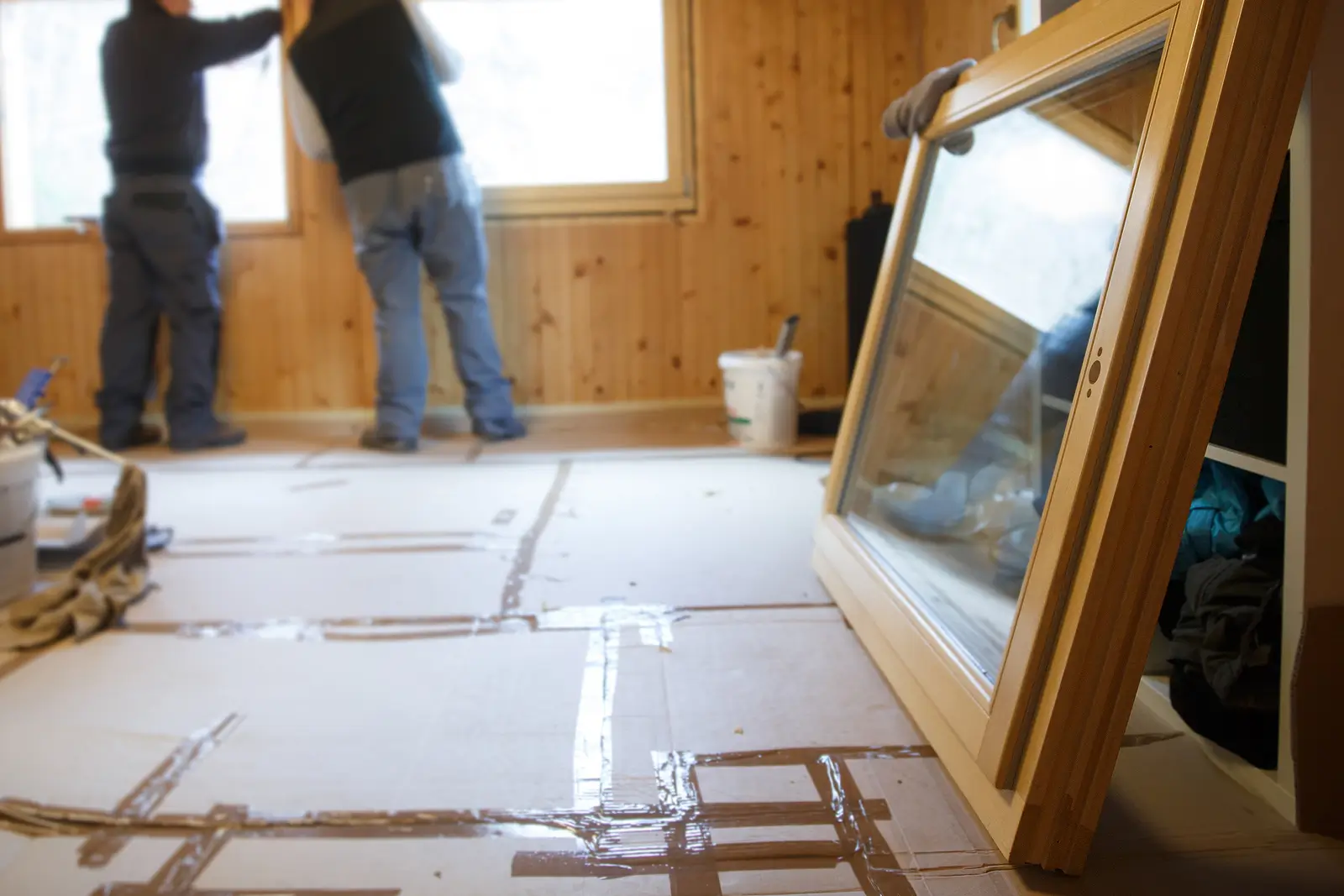Bend’s rental market has been climbing quickly, and tenants are paying more than ever for the right home. Growth in the market is good news for property owners, but it also sparks the question: Does renovating your rental really pay off?
The right upgrade can raise rental income or add property value, but the wrong move can pile on expenses that cut into net profit. Timing and smart cost control make all the difference. Do you have what it takes to recognize the right moment for property upgrades, or will renovation costs end up holding your investment back?
To help you decide, here are the conditions that make rental property renovations worth the effort.
Key Highlights
- Bend’s rental market grew by 37.4% between 2019 and 2023, creating opportunities for higher rental income when properties are upgraded.
- Renovation projects only pay off when costs fit into a realistic budget and avoid unforeseen expenses that cut into net profit.
- Smart upgrades like energy-efficient windows, LED lighting, and luxury vinyl plank flooring reduce maintenance costs and appeal to eco-conscious tenants.
- Modern features such as smart home technology and updated living spaces attract higher-quality tenants and support stronger tenant retention rates.
- Renovating is worth it when the return on investment outweighs the upfront renovation expenses, helping a property remain competitive in Bend’s market.
The Rental Market Must Support Higher Rent
A renovation only pays off if the local rental market supports higher rental prices. In Bend’s competitive market, prospective tenants often weigh renovated properties against older units.
According to the Bend Source, from 2019 to 2023, Bend’s fair market rent increased by 37.4%, well above the national average of about 24%. This growth shows that tenants here are willing to pay more when a rental delivers extra value.
Modern amenities, refreshed living spaces, and an improved property exterior can justify higher rent. Even minor upgrades like a fresh coat of paint or updated landscaping enhance curb appeal. More significant projects, such as eco-friendly upgrades or smart home features, help validate higher rental rates. In the end, market trends and tenant expectations decide how much a renovation can genuinely improve your bottom line.
Renovation Costs Should Align with a Realistic Budget
Renovating your rental can become a significant investment. Renovation costs need to be managed with a realistic budget to avoid unforeseen expenses that damage net income.
Every renovation project should be planned with long-term rental income in mind. Hiring a tax professional can help you understand which improvement projects may qualify for deductions. Checking local building codes ensures you don’t run into delays or higher renovation costs.
Planning renovations carefully allows property owners to balance renovation expenses against future returns. Cost-effective renovation ideas, such as LED lighting or new light fixtures, can improve a rental property's appeal without draining net profit.
Property Upgrades that Cut Maintenance Costs Pay Off
Some property upgrades are about saving money long term. Using luxury vinyl plank instead of carpet reduces maintenance costs because it is durable and easy to clean. Installing energy-efficient windows and smart home technology can lower cooling costs and utility bills while improving the property's functionality.
These property improvements also create a pleasant living environment for tenants. Reduced maintenance costs mean fewer emergency repairs, more predictable expenses, and improved net profit for property owners. Strategic renovations like these show how rental property renovation can support long-term financial stability.
Modern Features Attract Tenants and Boost Retention
Today’s prospective tenants look for modern amenities, energy-efficient appliances, and smart home features. Properties that meet these needs often attract high-quality tenants who are willing to pay more.
Adding energy-efficient upgrades like LED lighting or eco-friendly appliances not only saves money on utility bills but also draws in eco-conscious tenants. Renovated properties with modern living spaces, fresh cabinet hardware, and updated square footage appeal to potential renters who value comfort and convenience.
These improvements also increase tenant satisfaction. When tenants enjoy a pleasant living environment, higher tenant retention rates follow. Fewer turnovers mean more stable rental income and less stress for property owners.
A Strong Return on Investment Justifies Renovation
The ultimate measure of success is return on investment. Renovating your rental property is worth it when increased property value, higher rental income, and reduced maintenance costs outweigh the upfront renovation expenses.
For example, energy-efficient upgrades and smart home features often allow property owners to command higher rent. Enhancing curb appeal or adding modern amenities strengthens the property’s appeal and helps it remain competitive. Strategic improvements like these can turn a renovation project into a profitable move that directly improves your bottom line.
Net income and net profit are the clearest signals. When improvement projects create measurable gains, renovating your rental makes sense.
Cost-Effective Renovation Ideas for Bend Rentals
Not all renovations require major construction. Here are some practical, budget-friendly options for property owners in Bend:
- Enhancing curb appeal: A fresh coat of paint, landscaping, or small upgrades to the property’s exterior improve first impressions.
- Energy efficient upgrades: LED lighting, energy efficient windows, and eco-friendly appliances reduce utility bills and attract tenants.
- Durable improvements: Luxury vinyl plank flooring, new light fixtures, and cabinet hardware refresh living spaces at a low cost.
- Modern touches: Smart home features and modern amenities keep your rental unit aligned with market trends.
These cost-effective renovation ideas help a property remain competitive while keeping renovation expenses under control.
Making the Right Renovation Call for Your Bend Rental
Renovating a rental property in Bend isn’t always about spending more. It’s about making smart choices that align with what the market can support. When renovation costs are planned carefully and the upgrades deliver long-term value, the results show up in stronger rental income and a healthier bottom line.
A well-timed project can also lower maintenance needs and keep tenants satisfied, which protects your investment over time. In the end, renovating is worth it when the improvements clearly strengthen your bottom line and keep your rental competitive in Bend’s market.
If you’re considering renovations for your Bend rental, PMI Central Oregon can provide the guidance you need. We help property owners navigate market trends, control expenses, and keep rentals competitive. Call us today to learn how we can support your investment goals.
FAQ
1. How long does it usually take to complete a rental property renovation in Bend?
The timeline depends on the size of the project. Small updates like painting or replacing fixtures may take a few days, while larger upgrades such as flooring, windows, or kitchen remodels could take several weeks. Planning ahead helps minimize downtime between tenants.
2. Should I renovate my rental property while it’s occupied or wait until it’s vacant?
It’s usually easier and less disruptive to schedule major renovations during vacancies. However, minor upgrades like lighting or appliance replacements can sometimes be done with tenants in place if handled professionally.
3. How do I decide which renovations add the most value to my Bend rental?
Start by researching what local tenants are looking for in rental properties. Comparing nearby listings can highlight which features such as energy-efficient upgrades, modern kitchens, or added storage are most in demand and likely to justify higher rent.


